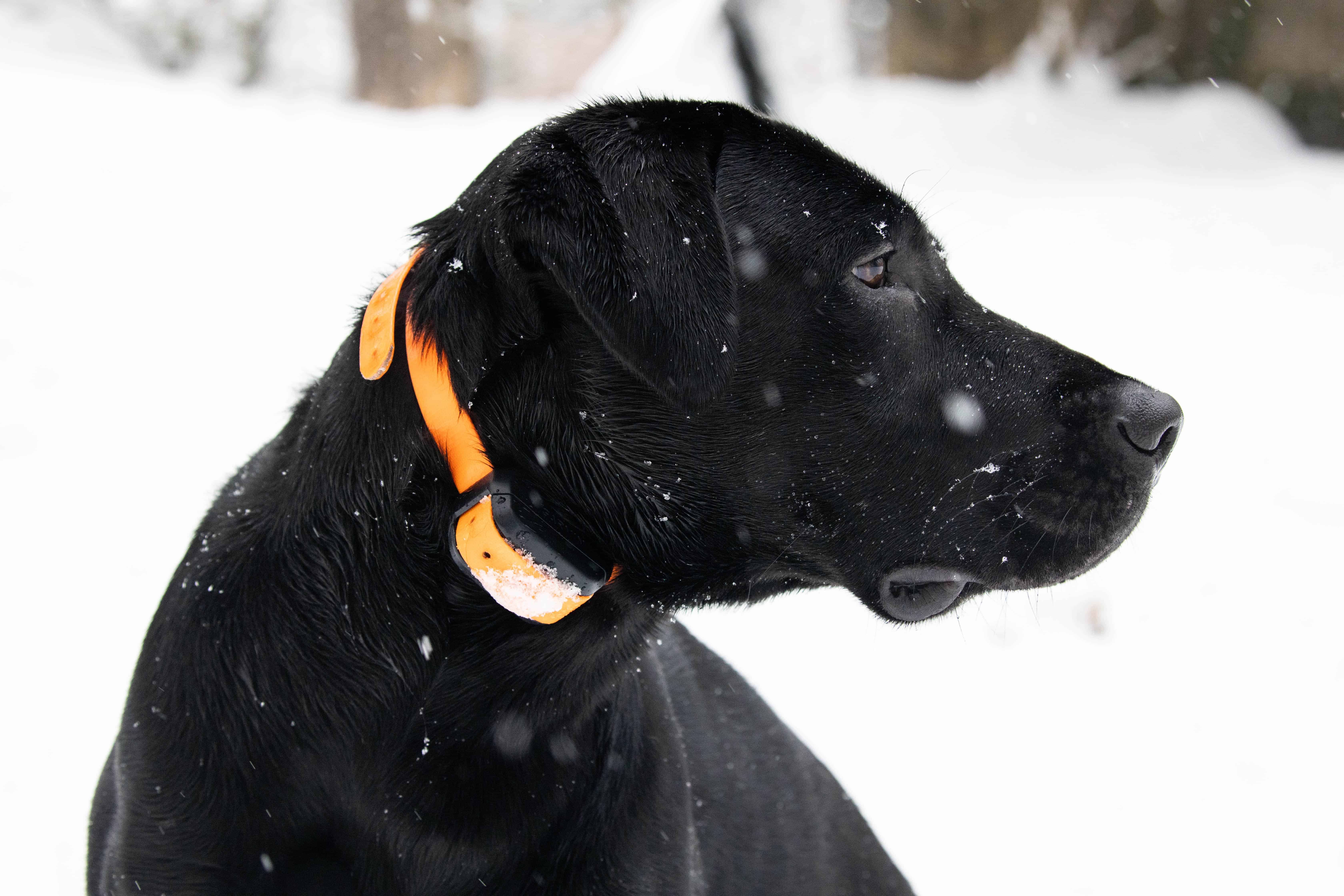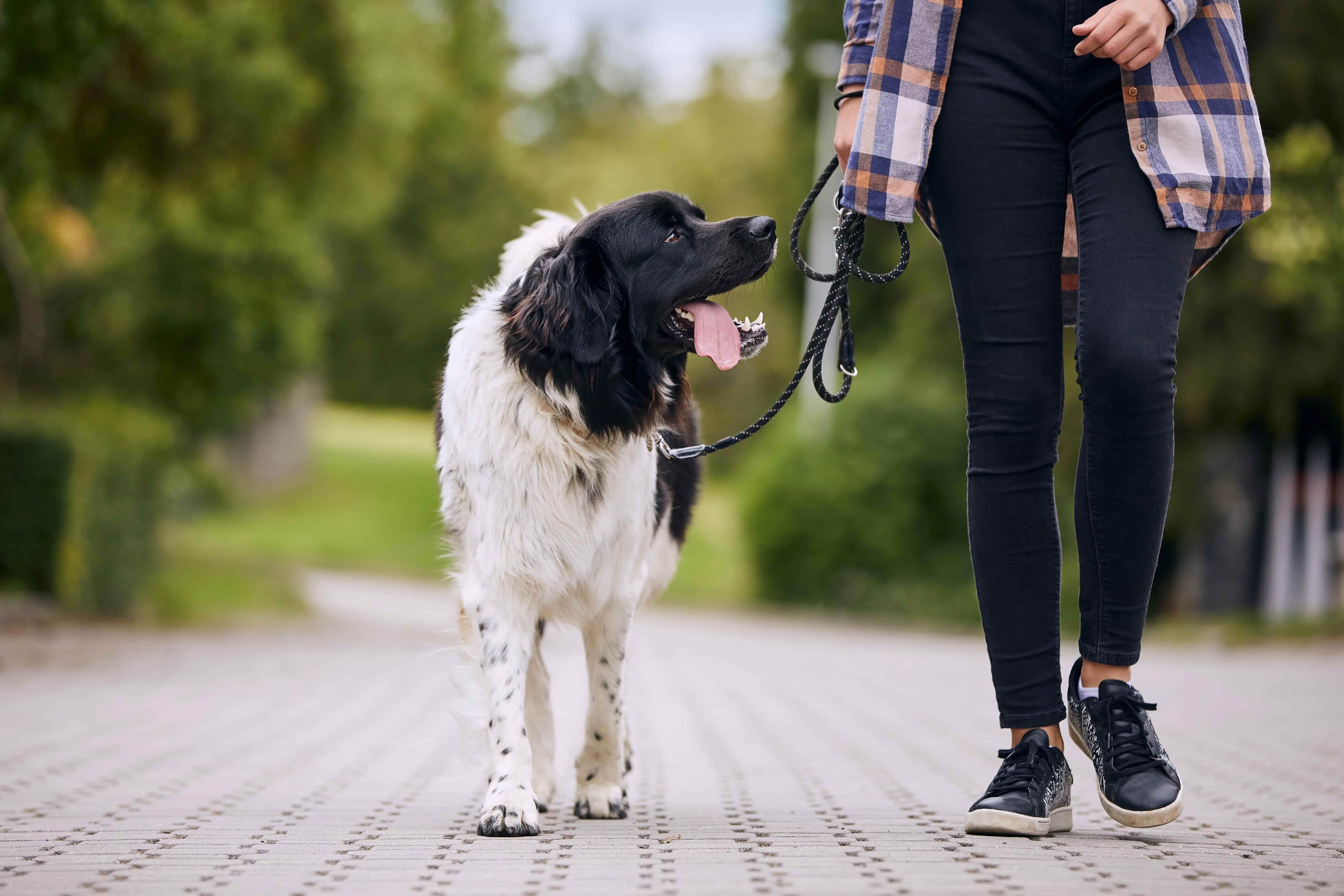There is very little in the world of dog training that causes as much contention as the mention of the E-collar. Arguments that are often rooted in emotion, as opposed to science and research, fly back and forth across social media pages. Both sides of the argument are entrenched in their viewpoint, refusing to budge and accusing the other side of perpetuating falsehoods.
As with many polarizing issues, the reality is actually far more nuanced than the diehards on either side would like to admit. Of course, when used incorrectly, it is possible that E-collars can create more problems in training than it fixes if not used correctly.
The key point in the paragraph above is “when used incorrectly”. It is also important to acknowledge that other training tools – including flat collars, Martingales, halters, and even human hands – have the potential to cause more damage when used bluntly, without discretion, and incorrectly.
So how do you use an E-collar correctly? A great starting point is to educate yourself. Instead of living in a land of unknowns and confusion regarding the conflicting information online surrounding E-collars, learning the correct way to utilize an E-collar can be a eureka moment and help you to achieve your dog training goals. As a balanced dog training company, we at K9 Evolutions Dog Training believe in utilizing all four quadrants of operant conditioning. E-collars can be used as part of a behavior modification program, but its usage does not have to be confined to this purpose; it also has a place as a tool at the disposal of search and rescue handlers, or as part of advanced obedience training. I have personally seen it save a dog who was fervently chasing a horse – without it, the dog could have been kicked in the head. It can stop dogs from chasing cars and running into busy roads. It is used as a communication tool with deaf dogs, Police K9s and search and rescue dogs.
In this article, we’ll look at some of the most important things for you to understand about E-collars and their usage.
Fact #1: Used properly, E-collars will not hurt your dog
There is a long-held belief – a false one – that E-collars are designed purely to hurt dogs, or to punish dogs only. This is usually posited in the messaging that an E-collar will ‘shock’ a dog. This misrepresents how an E-collar actually works.
For anyone or anything to be ‘shocked’, an active current is required, as is found in a taser or electric fence. By contrast, E-collars contain a static current, meaning that the stimulation does not travel through the dog’s body. It uses the same technology as a TENS unit (a battery-operated device with electrodes, that delivers electrical impulses through the surface of the skin).
As with any training tool, E-collars should be used properly and under supervision of a professional who knows how to use the equipment. They should be introduced systematically and as a way to achieve a defined training goal. It should go without saying that the E-collar should not be left on a dog for an extended period of time.
Fact #2: E-collars are an excellent communication tool
Many purely positive trainers resort to the well-worn argument that E-collars are used as a punishment tool, designed to simply inflict pain upon the dog. This couldn’t be further from the truth.
E-collars are excellent communication tools between handler and dog. They can be used to instantaneously communicate whether a dog is performing a desirable behavior (or not). E-collars also help to keep trainer, handler and dog safe in potentially dangerous behavioral scenarios by creating distance.
As we outlined at the beginning of this article, E-collars do not only need to be used for behavior modification. On off-leash walks, they can be used to keep a dog within a certain distance of their handler. They can even be used in detection and dog sport disciplines.
Fact #3: E-collars can help to keep your dog safe
Depending on the breed and temperament, some dog breeds have an enormous amount of prey drive. This can unintentionally create dangerous situations where your dog can run into danger when chasing after smaller animals – for example, they may run into a busy road or a fast-flowing river.
Intelligent use of the E-collar can help you to react accordingly when your dog runs towards danger. The E-collar can be used for long-distance recalls and as a communication tool to keep your dog out of harm’s way.
Fact #4: Not all E-collars are created equal
There are several brands of E-collars available on the market. They vary in quality, size, manufacturing standards, price, and ultimately, their overall ability to do their job.
Make sure you do your research before purchasing an E-collar. Speak with a reputable dog trainer who has significant experience with E-collars before buying one. You will want to ensure that the E-collar comes equipped with a rheostat dial that can adjust the level of sensitivity. In addition, you will need to make sure that the E-collar fits correctly on your dog’s neck. Many manufacturers have made E-collars specifically for smaller or larger breeds.
Fact #5: If you want to use an E-collar correctly, you must find a reputable, balanced trainer
Many of the misconceptions surrounding E-collars are perpetuated by trainers who have minimal experience using the tool. Novice trainers and dog owners without proper experience or tutoring of how to correctly use an E-collar can result in an incorrect understanding of how to use them.
Just as you would research your E-collar brands, or indeed anything else that could affect the health and wellbeing of your dog, make sure that you are working with a balanced dog trainer who understands how – and when – to utilize the E-collar. Ask them questions about their education and how they were taught to use the E-collar. By doing so, you can understand their training philosophy and ensure that your training aims are aligned with their approach.
In conclusion
Sifting through the noise on the Internet and social media is difficult – particularly on a topic as polarizing as training tools such as E-collars.
If you’re curious if E-collar training could be effective for your dog – or even if you just have questions about how E-collars work, and want to understand more of the science and research behind their usage – feel free to reach out to us at K9 Evolutions Dog Training. We pride ourselves on staying on top of the latest educational material regarding training tools, and believe in providing this information to our clients to help them make informed decisions.
Feel free to contact us today with any E-collar questions you may have. You can reach us at info@k9evolutionsdogtraining.com, or call us on (612) 227-7019.




